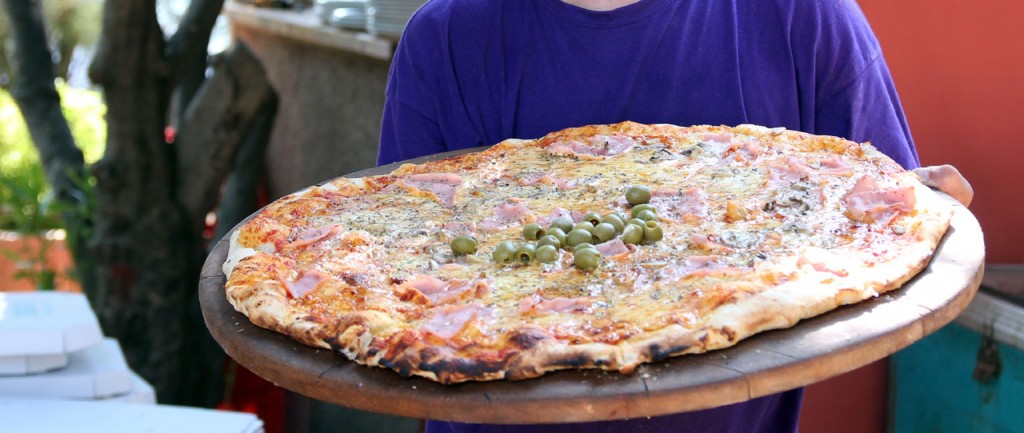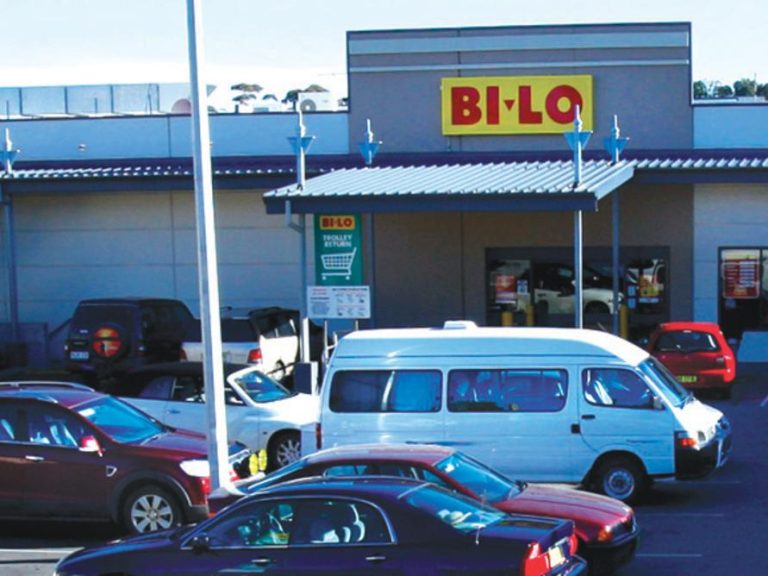Confidence a key ingredient to retail recipe

An appetite for fresh food and take-away is expected to keep Australia’s retail property market simmering this year.
After a weak start to last year, market watchers believe there is more momentum in the sector as we head into 2014.
But they warn there could still be some challenges with leasing, as retailers continue to find their feet after a difficult couple of years.
Jones Lang LaSalle’s Australian Head of Retail Investments, Simon Rooney, says 2013 finished strongly for the retail property market.
“Retail transactions reached $1.5 billion during the months of October and November alone,” Rooney says.
He said at the end of 2013 there were a number of large transactions in the pipeline that could make it the strongest year on record.
“2014 is shaping up to be another exciting year, with this significant and ongoing market liquidity providing a highly conducive environment for continuing strong levels of retail transaction activity,” Rooney says.
Colliers International Head of Leasing Michael Bate says interest rate cuts and a new Federal Government contributed to a four-year high in retail sentiment – “and this is having a direct impact on consumer spending”.
Bate says rental growth remained steady as a function of fixed increases, but he says this escalation has placed pressure on leasing spreads.
“While negative reversions are not occurring on all lease expiries, they have become increasingly common,” he says.
“Most owners will maintain passing rents upon lease renewal however, where a tenant vacates, often there is a negative reversion for the incoming new tenant.”
Bate expects the strongest performing sectors to be fresh food, take-away food, services and convenience goods retailers in the short to medium term.
Knight Frank’s Director of Retail Investment Sales, Ben Stewart, says sourcing quality product was a problem in 2013.
But he says that vendors and buyers defied the traditional Christmas slowdown to “take advantage of a market that is clearly competitive and attractive”.
“This is a clear difference from 12 months ago,” he says.
And in the year ahead?
“We see vendors continuing to recycle secondary assets and are also likely to see some quality hit the market,” Stewart says. “Local private and Asian investors will continue to be a force in the market whilst at the larger end the bigger property groups both locally based and internationally will all be in the market to buy.”







